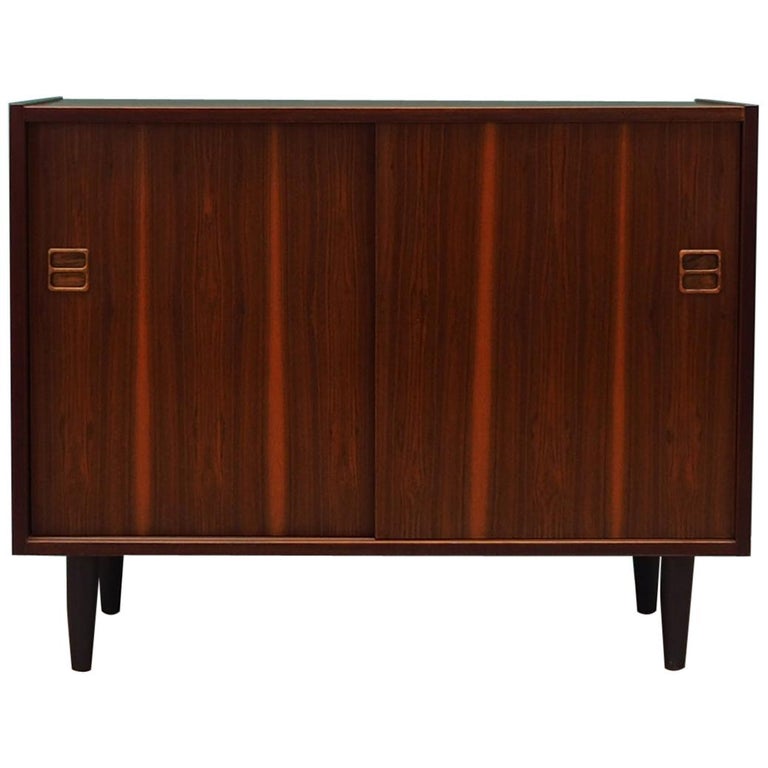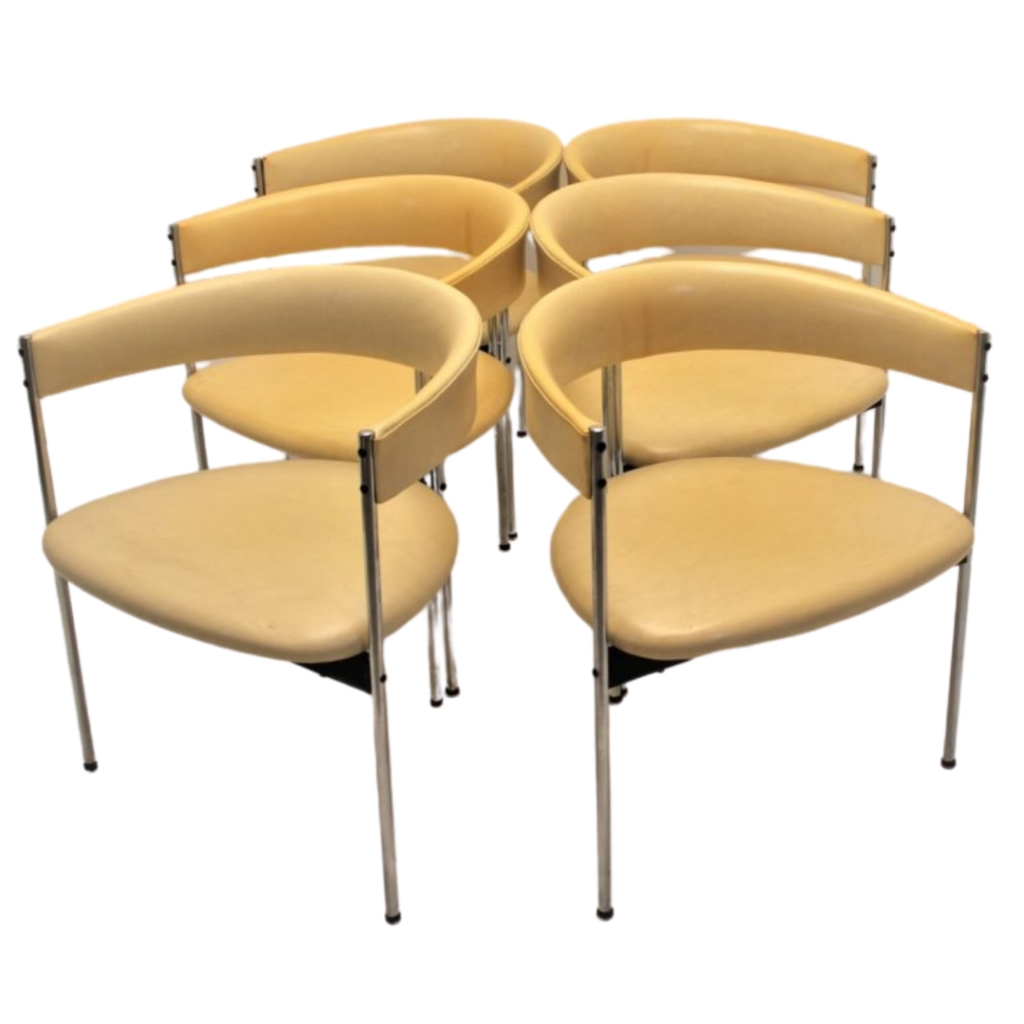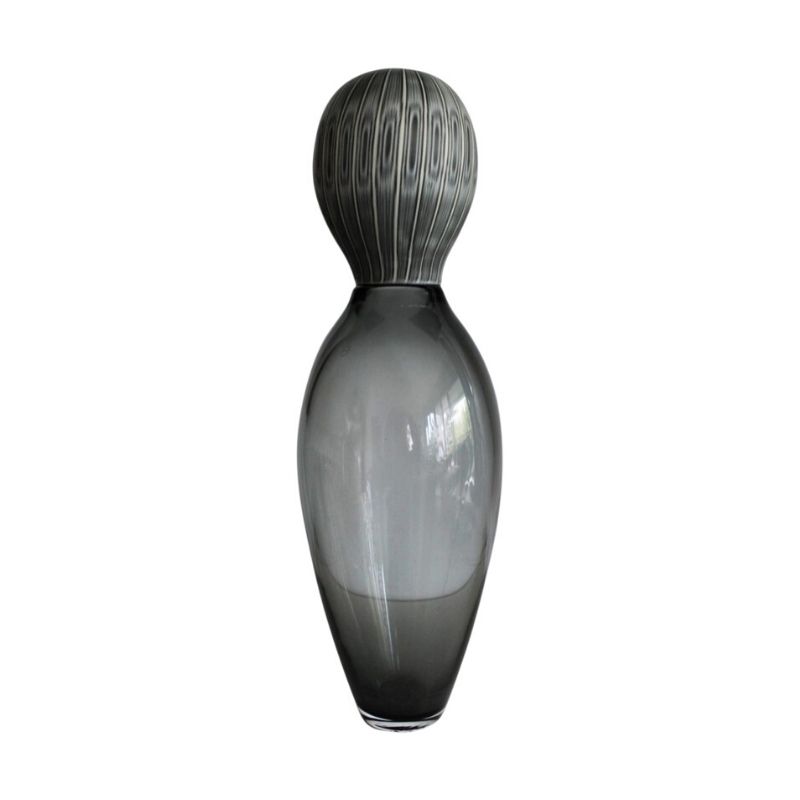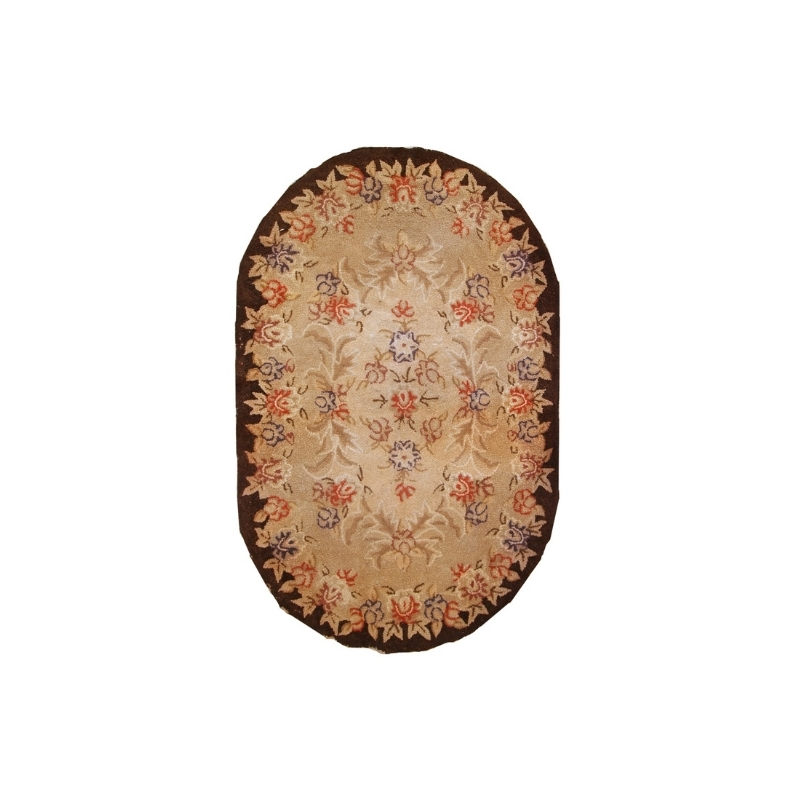...of course it is not the object that is intelligent, but the designer(s). After a massif allergic outbreak caused by too much "I like/I do not like/you like/you do not like/we like...." on the futility produced by Marc Newson, I was looking for something to "show" what I wanted to "say".
I hope you enjoy it
Brilliant
The rolling bridge is brilliant. The instant reaction is WOW. Beautiful and wonderfully clever in it's engineering and function. That's what I mean when I say designers should look for new ways to do the same old things.
BUT scroll to the others of the 7 projects. The bridge is a WOW! the others are a HUH?
Koen, I'm surprised you are...
Koen, I'm surprised you are allergic to discussions.
What you are calling:
too much "I like/I do not like/you like/you do not like/we like...."
is just a very positive thing. It's expressing ideas, sharing opinions,
learning from each other. You shouldn't feel negatively about it.
It's very constructive.
Daer Antonella,
If I was allergic to discussions I would be six feet deep by now and since many many years. In order to share an opinion or to form an opinion, which is the first step, one has to be informed. What I dislike is to limit that information to short statements like: I love this or so and so is a genius. What would contribute to the discussion is to explain why you like or dislike something. To express an opinion is neither negative or positive, but to explain why, might at least make it interesting. To state that you like a particular bookshelf because it is marble and marble is safe, is not an opinion, it is certainly not learning from each other. To say that a particular designer is a genius because he does not use P.V.C. does not mean anything. Thousands of very talented designers have never uses P.V.C. simply because they were never asked to design a product that requires P.V.C. If Marc Newson had been asked to design a computer screen enclosure he might have used P.V.C. simply because it is such a good material for that purpose. Apple uses Poly-carbonate but according to my environemental impact charts, P.V.C. is only 174 mPt whereas poly-carbonate requires 478 mPt/kg. in other words , if you find the environmental considerations important you might want to use P.V.C....and so on and so on...
Okay, I'll take a crack at this outfit...
Heatherwick is at its best, when it designs a thing to facilitate a single, rational activity, and not when it designs a space for a complicated, irrational activity.
To wit, the bridge is an elegant solution for walking across a basin, or for letting a boat pass. However, I would argue that a much smarter solution would be one that let both happen simultaneously. Wouldn't a flat bridge that morphs into ascending and descending escalators and then morphs back into a flat bridge make alot more sense?
The vent is another wonderful, but complex form for a simple activity--venting exhaust. I like it, but I'm not sure why it needs to be this big and complex. I would have to see the aerodynamics of the exhaust to believe this was the most elegant solution.
But as the number of functions increase dramatically, as they do at the restaurant, the aesthetic and engineering elegance of the above designs by Heatherwick give way to the high concept of persons sitting in a kitchen and what at least appears to be an absense of aesthetic and engineering elegance in their solution (I can't really tell much, except that I don't like what little I can see in the windows.
Similarly, if you ask Heatherwick to do the irrational and try to make retail shoppers behave irrationally and walk up stairs to shop, when there is already a vast retail world at the ground level, then you get a building with an absurd hillside designed into it.
Part 2
Now, I know I carry the baggage of a one-time real estate feasibility consultant, but almost anyone should realize this is a futile design. I'll cut to the chase here. Exactly what consumer profile likes to hike up a hill carrying purchases from another store, buy things in a second floor store which can probably be had on the ground floor elsewhere, and then hike back down a hill with even more packages? This is not a rational thing to ask consumers to do, and so it is not a rational thing to ask designers to design. It is like asking designers to design concrete airplanes. No doubt a concrete airplane is possible with big enough thrust (so is a building with a hill in it, as Heatherwick proves), but who will use it after it is built, when the alternatives are preferrable? Everyone, and perhaps most of all designers, have to remember the principle of substitution--one of the few things you can count on in the dreary field of economics. It means if two things offer the same utility for different prices, persons tend to pick the one with the lesser price. Similarly, if two things offer different utility at the same price, persons tend to pick the one with more utility. And finally, if two things with the same price and utility have differing levels of friction in their accessibilty, persons tend to choose the one with the lesser friction of access. But I digress.
To summarize, if Heatherwick doesn't have to worry about much complexity or irrationality of use (or complexity of use alternatives), it can bring engineering complexity to bear to solve the problem elegantly. If not, not.
Post Script: I'm going to avoid talking about their sculptures, because sculpture seems a different kettle of fish.
I'd like for DAers to consider Bialetti's little coffee pot...
Talk about a design that has lasted...since 1933 or something. And the thing flat works for its intended use. And it is efficient. It makes me use less ground coffee each day than my drips and my presses. Its kind of a fun ritual getting it ready, sort of like packing a pipe. Its easy to clean. Can't say how long it will last. It may drive me mad with aluminum metals in the coffee, but I've heard the scientific jury's out again on that problem. Its fascinating to look at, though something of a hodgepodge of visual cues. Still,it looks distinct and joyful. It is well proportioned. Its beveled sides create definition and interest. The handle is the only thing that seems overtly wonky and yet it kind of humanizes the little pot and saves it from looking like a water pump from an old Fiat. 🙂 What can I say? Its loveable, like a Volkswagen Beetle was loveable. You can't say that about alot of functionally designed things. Is there room for loveable and well thought out in intelligent objects. I think love and love-ability can be quite intelligent. Love can be an irrational, unruly demon, too, but good love, love that nurtures and nourishes and brings joy has to be an aspect of intelligence worth designing into things. No, I am not having an spring time affair with my wife's Bialetti. 🙂 But it is a loveable little thing. And yes it can be a slippery slope from the Bialetti to Michael Graves' style post modernist hodge podgeing, but its a keen little pot that makes good coffee (though there are others solutions I prefer personally). It seems an idea, or an approach to making coffee that was soundly thought through beggining to end. It was, in 1933, a genuine attempt at an advance. It wasn't and still isn't just a style, or a look. I know it maybe an an aesthetic hodgepodge in some ways, and an accidentally fascinating look, but there just is something about the little pot that seems to exemplify intelligent, if not relentlessly rational, design. So I'm smitten. It happens occassionally. 🙂
Caffeine and aluminium
More than we may need to know, but...
http://www.ineedcoffee.com/03/mokaexpress/
cailler
today i read in my newspaper that nestlé is putting 2 million cailler chocolatebars in each swiss mailbox. publicity stunt, yes, but why? Seems that last year nestlé changed the packaging; they had a new one designed by star architect jean nouvel and sales dropped by 24%! reason was not only the new 'design' but also the use of plastic as packaging material (the oldone was in paper). when i read this i say; yes! first this means that the ecological consciousness finally exists secondly; it prooves that even a star like jean nouvel designs products that are not wanted by the mass. i find this a very very interesting faits-divers in my newspaper and a very interesting fact what happened in switzerland. Are there any swiss on this forum to elaborate a bit more on this story?
The link is fascinating...
The link is fascinating Koen, and it is good to see the Bialetti mentioned here. I remember somebody, I'm guessing it was dc, writing in one of my old favorite threads about coffee, something to the effect that the best cup is sometimes from a cheap percolater over a wood fire in the mountains. Good design has a psycological or a human usage factor to it, no matter how much new design pushes the envelope of that interface, that will never be far removed. In a time when it seems certain emphasis in design is taking humanity out of the human, kitchens cooking for us and online shopping, etc., with a premium on efficiency over utility, there remains an 'aesthetic hodgepodge' inherent in certain interfaces that, for lack of a better word, equates to joy. Audiophiles can talk to you for hours on end about sonics, draw up graphs, expound the qualities of analog versus digital recordings, but there is something too about that old two sided disc of vinyl and the machine that spun it in the rooms of their youth that has them hooked. Good designs, designs that last, often have a quality that is visceral, a quality I find very difficult at times to understand, felt more than realized even, although Koen and others here articulate the specifics of certain factors so well. The great writer, Gerald Stern, has a poem titled STUDEBAKER that I think addresses very well what I'm floundering to talk about here. It begins "Try a small black radio from any year and listen to the voices you get...". Now, back to coffee, it's early here, about 7AM and I'm a half hour late for that first cup.
Dear Gerrit,
It would be interesting indeed to hear more about this story. My only hope is that the reason for the 24% drop was the design of Jean Nouvel and not the fact that they moved from paper and aluminum to plastic packaging. Unless you are using different figures, I calculate the aluminum foil alone as an environmental charge of 1029 mPt/kgr versus 378 mPt/kgr for P.P. or 364 mPt/kgr for PET two of the most likely plastic packaging foils. Considering that the thickness of both the aluminum and the plastic foil are probably equal or close, and that aluminum is more than 2,5 times heavier than the plastic, we are looking at an environmental charge for the aluminum alone (not including the paper wrapping) that is 6,7 times higher for the aluminum and paper wrapping.
I remember you actually wrote a paper on some aspects of design and the environment so, apart from your comment on Jean Nouvel's attempt what is your take on the environmental aspects.
While
hoping that Gerrit will answer Koen's last question, I will go to Beach Boy [ ! ] Wilson's earlier opinion about the roll-up bridge. Do I detect the old nemesis of any designer: "Well, you COULD do it that way, but why not do it THIS way ? " ?
You ask for a solution that allows for pedestrian use WHILE a boat is going under, and suggest a bridge with stairs whose height rises when necessary (if I understand you). Are you saying that a person would prefer to climb a ladder, in effect, to cross the water rather than wait for the boat to pass ? Methinks ye doth protest too much !
But I've probably missed your point. . .
Hi SDR ....and James Collins
I agree with your comment on climbing...although dcwilson might have a escalator in mind...My attraction to this solution is in part that you have to wait and look at the "spectacle". This part of the Paddington Bassin is as far as I recall not an area of intensive pedestrian circulation, at least not of people in a hurry...I imagine that these pistons going up and actually lifting the bridge and rolling it up is quite spectacular (Enough for me to get excited about human intelligence for the rest of the day) dcwilson has as often more functional expectations wich in many cases is important especially when solutions fail to deliver, but in this particular case I see nothing in the function that is unpleasant. Next time in london I am going to to try to get in between that opening left on the near side of the base, and than hold on to the hand rail of the first segment and see how it feels to be pulled up in the air and than slowely be put down on the other end...
I agree with your and dcwilson's comments on the quality or lack there of in the other projects. It gives me the opportunity to stae again my belief that there are few geniuses. We as designers are very much like everybody else. Sometimes you have this brilliant idea at the end of your research stage, most of the time it is much more difficult and again design should be judged by the result, not by the name of the designer....
Design
that results in a usable object, able to be manufactured at an acceptable cost, is the bare-bones definition of success. The aesthetic component is either a "bonus" or is a calculated part of the cost-benefit equation. This is the view from "outside."
The designer (as opposed to the engineer ?) has always an aesthetic as well as a functional objective. The great pleasure is to connect the aesthetic with the functional in an elegant solution.
But which comes "first" ? I have often approached a project of my own with an aesthetic preconception -- a form "in mind" for the intended object. If the form in mind is fighting too much with the fuctional requirement, then I realize that the preconception was inappropriate to this project. When the two are complementary, then success is likely -- a happy prospect.
It may be that many conceive of the process as starting with the function and choosing the form that suits that function. But even the most rational engineer knows lovely from awkward. The "pure artist" (sculptor, painter, etc) has no functional requirement to fulfill, other than simple survival of his made object. The designer has the blessing of a task to fulfill. The wedding of form with function is a great pleasure.
I wonder what a working professional designer will make of this description.
utilitarian vs brilliant
For me the element that separates good, utilitatian design from the rare object that is brilliant is a difficult to quantify quality that makes an object, for lack of a better adjective, delightful.
If a chair is comfortable, attractive, well priced and durable then I hale it as a excellent, successful design. But if it then delights my eye and makes the act of sitting a playful, exhuberent experience it rises to the level of brilliant. Brilliant design adds some new twist to an otherwise perfectly functional object/role. It arrouses from my cynical old brain a childlike sense of wonder. Wow, that's so cool.
But that's just me and I'm pretty sure Marc newbomb doesn't give a rats ass what I find delightful.
If you need any help, please contact us at – info@designaddict.com









